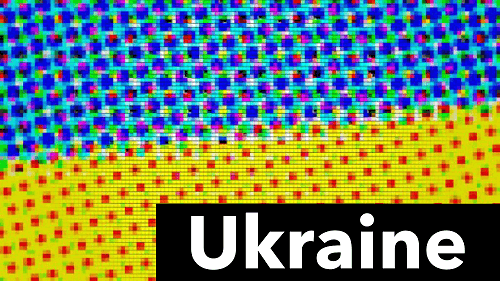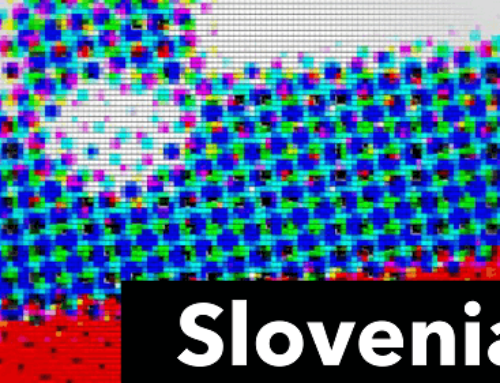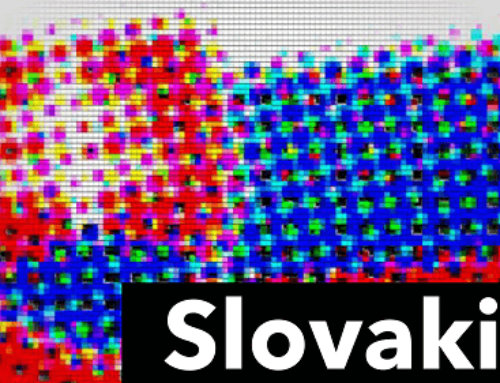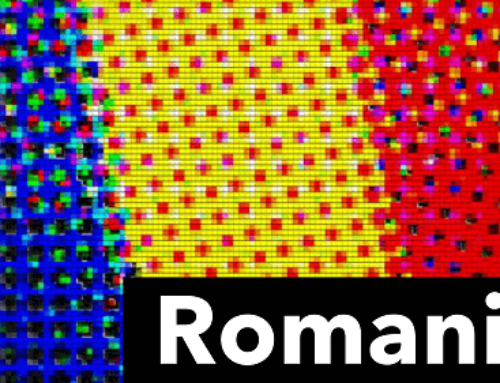Today, the Ukraine is a constitutional republic with a semi-presidential system of government. The country has around 43 million inhabitants and over the course of time has always been caught between East and West. Despite belonging to a total of 14 states and the ongoing military conflicts in the country, Ukraine tried to establish itself as a sovereign state.
Ukraine between war and peace
As a Soviet socialist republic, Ukraine was recognized as an independent nation after World War I. In the interwar period the authoritarian regime under Stalin followed, which led to famine and at the same time forced collectivization of grain production. During the Second World War, it functioned as center of war – it claimed 7.5 million people and resulted in extensive destruction of the country. In the reconstruction that followed, the influence of Russia (keyword Russification) was particularly strong. It was not until 1980 that opposition movements came to the public and demanded Ukraine’s independence. In 1990 Ukraine declared its sovereignty, followed by the declaration of independence and withdrawal from the Soviet Union in 1991. [1]
Decades of conflict with Russia also characterize the history of Ukraine. Russia still sees Ukraine as a core part of the Russian world, does not want to sever this connection and is therefore trying to prevent any rapprochement with the West. This is illustrated by the fighting surrounding the annexation of Crimea in 2014, as well as the war of aggression in February 2022, which neither the EU, the US, nor NATO was able to solve or whose measures did not bring any improvement. [2]
Political Conditions
The Ukrainian constitution has existed since 1996, but was amended in 2006 to strengthen Parliament and limit the powers of the president. In 2010, this amendment was declared invalid by the Constitutional Court, which is why the 1996 constitution came into force again. In 2014 there was another change and the 2004 draft was reinstated. According to the constitution, the president is elected by the people every five years and, as the country’s representative, conducts foreign policy. He also has legislative powers and proposes the Prime Minister’s candidate to Parliament. Volodymyr Zelenskyy has been in office since 2019. The parliament (= supreme council) consists of one chamber, but a total of 450 seats. The legislative period is five years. Since 2019, the Sluha Narodu party, chaired by Zelensky, has stood for the first time and emerged as the strongest party. The government consists of the prime minister, the Vice President and associated ministers. The government is dependent on the parliament for decision-making with appropriate majorities, as well as on the support of the president (appointment + dismissal). [3]
Economic developments
Although Ukraine was considered the leading economy in the Soviet Union, it did not succeed in the transition to a market economy. On the contrary: the economic situation changed dramatically. In addition, clans are of great importance in the economy since influential politicians/business actors divide the profitable sectors among the clans and thus control their own interests. To date, the country has high youth unemployment and a continuous reduction in exports. The official currency is hryvnia. 70% of the land is used for agriculture; in addition to grain, iron and steel are also important export goods. Besides Russia, key trading partners are the EU and China. [4]
International status
The international position of Ukraine is shaped by its relations to Russia and the ongoing conflicts. Since the 1990s there has been a desire to join the EU and agreements such as the Stabilization and Association Program 2016 to support the country (subsidies) followed. After the Russian war of aggression, the country received official candidate country status in June 2022. Ukraine has also been striving for NATO membership since the 1990s: there have always been rapprochements and progress in terms of candidate status and cooperation. These were to become the basis for Russia’s war of aggression. [5]
Christine Tapler





